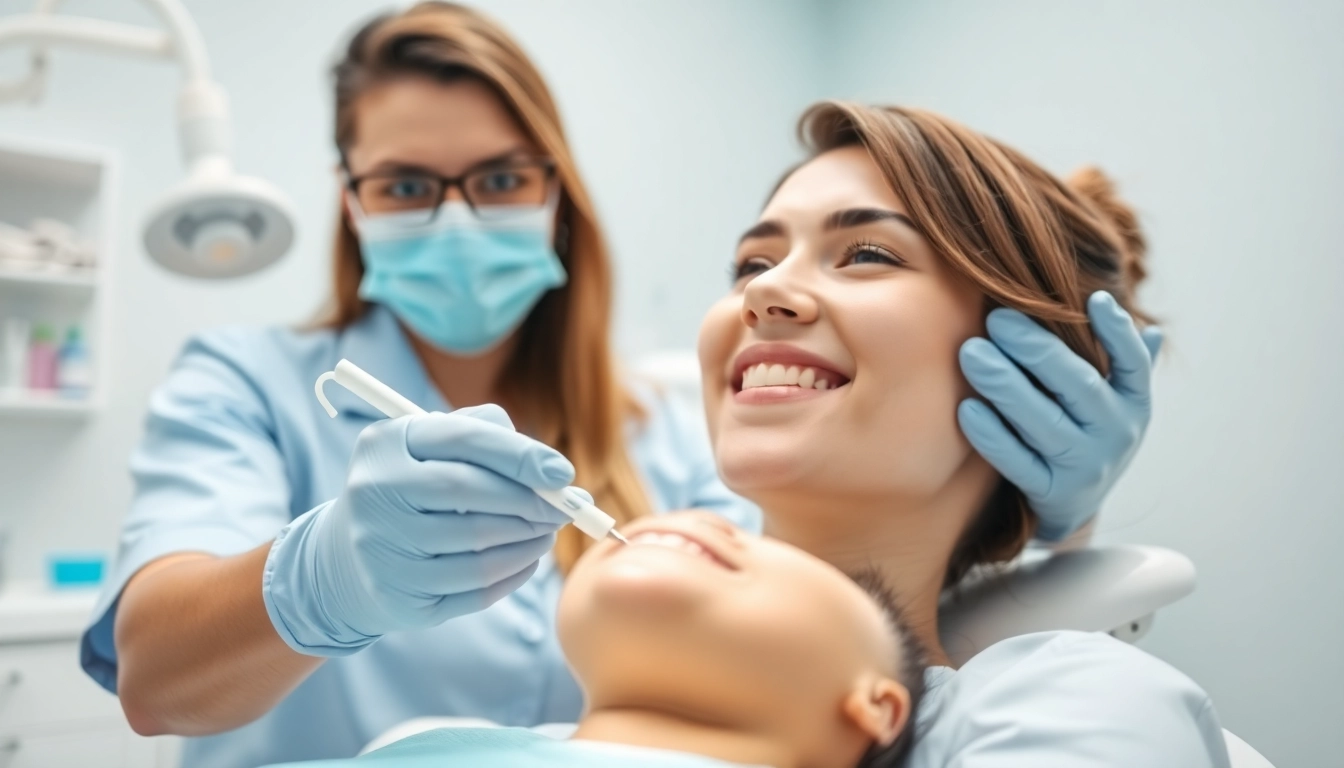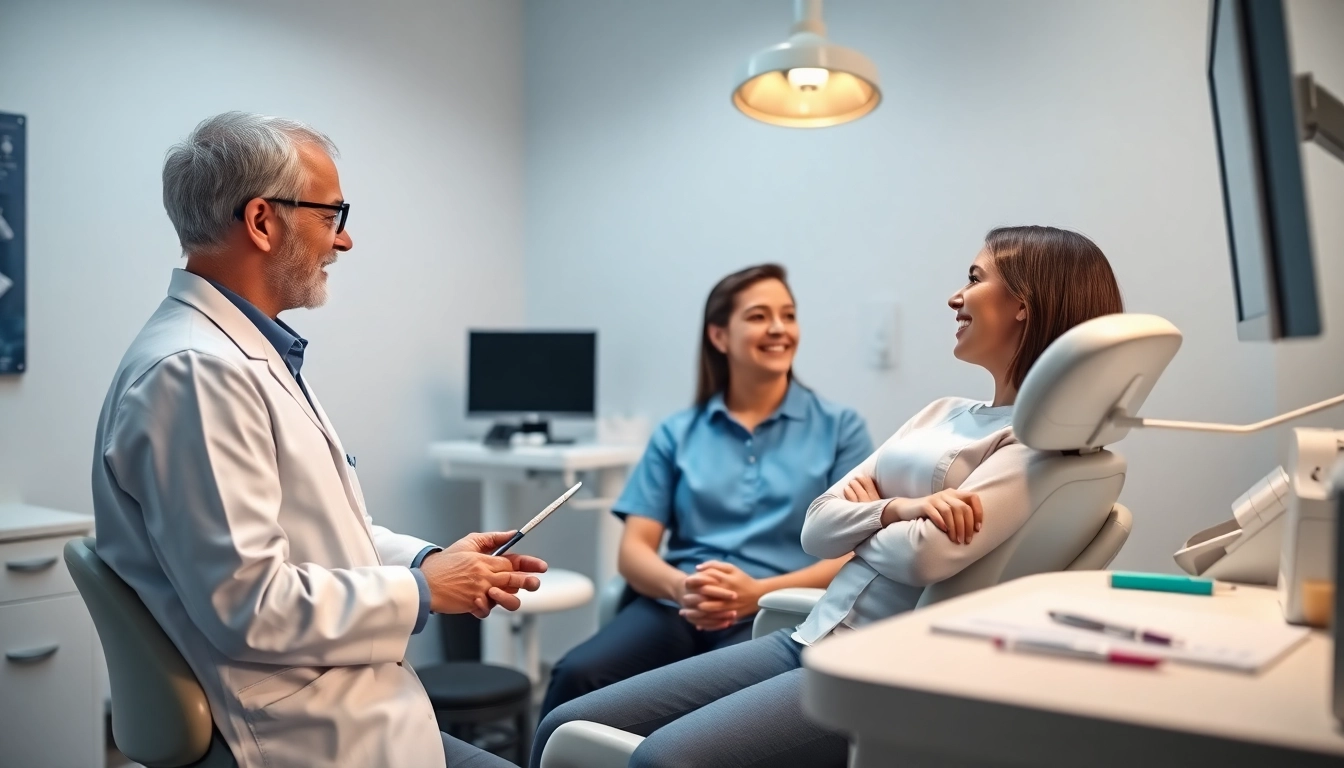Essential Hygiene Tips for Optimal Health and Wellness
Understanding Hygiene: Definition and Importance
Hygiene refers to a variety of conditions and practices that are essential for maintaining health and preventing diseases, primarily through cleanliness. In today’s world, where health concerns are paramount, understanding hygiene is more important than ever. From personal habits like washing hands and bathing to broader practices like sanitation in food preparation and environmental cleanliness, hygiene encompasses a wide array of actions aimed at promoting wellness and public health.
The Science Behind Hygiene Practices
The study of hygiene combines various disciplines including microbiology, public health, and environmental science. Microbial pathogens can thrive in unsanitary conditions, leading to the spread of infectious diseases. Regularly practicing good hygiene diminishes the likelihood of contamination and the spread of harmful microorganisms. Researchers have found that simple actions, such as washing hands with soap and water for at least 20 seconds, drastically lower the transmission rates of infections. Guidelines from organizations like the CDC indicate that proper hygiene can help eliminate 80% of infectious diseases.
Why Hygiene is Vital for Health
The relationship between hygiene and health is well-documented. Good hygiene habits serve as the front line of defense against various illnesses. For instance, maintaining oral hygiene can prevent common dental issues such as cavities and gum disease. Similarly, food hygiene practices eliminate the risks of foodborne illnesses caused by bacteria such as Salmonella and E. coli.
Moreover, hygiene significantly impacts mental health. Poor hygiene can lead to social isolation, embarrassment, and feelings of shame, which could develop into more severe mental health issues. Therefore, it is crucial not just to maintain physical cleanliness but also to foster an environment where individuals feel confident and socially accepted through good hygiene.
Misconceptions About Hygiene Explained
Common myths about hygiene can lead to inadequacies in hygiene practices. For example, many people believe that bathing twice a day or using a plethora of cleaning products can guarantee complete protection against germs. However, excessive hygiene, known as over-hygienization, can, in fact, weaken the immune system and lead to skin problems. It’s crucial to embrace a balanced approach to hygiene, emphasizing consistent practices over excessive measures.
Types of Hygiene: From Personal to Environmental
Personal Hygiene: Key Practices for Everyday Life
Personal hygiene is an individual’s daily routine and practices that maintain cleanliness and promote health. Fundamental practices include regular bathing, dental care, handwashing, and grooming. Understanding the basic tenets of personal hygiene can empower individuals to lead healthier lives.
- Handwashing: Fundamental for preventing diseases, handwashing should occur before meals, after using the restroom, and following coughing or sneezing.
- Oral Hygiene: Brushing teeth at least twice a day, using dental floss, and visiting the dentist regularly can drastically improve oral health.
- Grooming: Trimming fingernails and hair can reduce the accumulation of dirt and bacteria.
Food Hygiene: Safe Practices for Meal Preparation
Food hygiene encompasses handling, preparing, and storing food safely to prevent foodborne illnesses. Specific practices include:
- Cleaning: Always wash hands, utensils, and surfaces before and after food preparation.
- Cooking: Ensure food is cooked to the appropriate temperatures to kill harmful pathogens.
- Storing: Keep perishable food items at the right temperatures and avoid cross-contamination.
Education on food hygiene is vital for both individuals and those working in the food service industry to prevent outbreaks linked to contaminated food products.
Environmental Hygiene: Maintaining Clean Spaces
Environmental hygiene involves maintaining cleanliness in living and working spaces. This includes proper waste disposal, air quality management, and regular cleaning of public areas. Effective environmental hygiene practices not only enhance overall health but also create a welcoming and productive environment:
- Regular Cleaning: Frequent cleaning of surfaces, especially in high-traffic areas, can minimize the spread of pathogens.
- Proper Ventilation: Ensuring that spaces are well-ventilated can reduce airborne contaminants.
- Waste Management: Effective waste disposal systems can prevent pollution and the spread of disease.
Common Hygiene Mistakes and How to Avoid Them
The Impact of Poor Hygiene on Health
Neglecting hygiene can have dire consequences on personal health and public safety. Poor hygiene practices are often linked to outbreaks of various infections, both viral and bacterial. For instance, respiratory illnesses can spread rapidly in environments where individuals do not practice adequate hygiene measures.
The implications extend beyond physical health, affecting mental health and social relationships. For example, chronic poor hygiene may lead to isolation, low self-esteem, and potential depression.
Daily Habits That May Neglect Hygiene
Individuals often overlook several basic hygiene practices in their daily routines:
- Neglecting Handwashing: Many people fail to wash their hands regularly or thoroughly, especially after using shared facilities.
- Inconsistent Oral Hygiene: Skipping dental care can lead to severe oral diseases, decay, and unwanted dental visits.
- Improper Food Storage: Mismanagement of food storage can cause health risks from spoiled food.
Being aware of these habits is the first step towards improving overall hygiene standards.
Recognizing the Signs of Bad Hygiene
Understanding the markers of inadequate hygiene can help individuals identify areas for improvement. Signs may include:
- Visible dirt or odor on the body, clothes, or living spaces.
- Swollen or bleeding gums, indicating poor oral hygiene.
- Frequent illness or infections, stemming from a lack of cleanliness.
Recognizing these signs is crucial for taking proactive measures towards better hygiene.
Best Practices for Enhancing Hygiene
Steps to Improve Personal Hygiene
Improving personal hygiene involves simple adjustments in daily routines:
- Establish a Routine: Create consistent habits such as showering, brushing teeth, and washing hands at specific times.
- Use Quality Products: Utilize soap, toothpaste, and dental care products that are effective and commercially recommended.
- Educate Yourself: Read and understand proper hygiene techniques and apply them.
Effective Food Safety and Hygiene Techniques
Ensuring food hygiene should be a primary goal when preparing meals. Effective techniques include:
- Understand Safe Cooking Temperatures: Different types of food require specific temperatures for safe consumption.
- Avoid Cross-Contamination: Use separate cutting boards for meats and fruits/vegetables.
- Mind Expiration Dates: Regularly check and dispose of expired items in the pantry or refrigerator.
Strategies for Maintaining Workplace Hygiene
Workplace hygiene is equally vital for employee health and productivity. Strategies include:
- Encourage Hand Hygiene: Provide hand sanitizers and encourage their use before meals and after using the restroom.
- Regular Cleaning: Schedule frequent cleaning and sanitizing of the workplace, especially high-touch surfaces.
- Promote a Healthy Work Culture: Encourage employees to stay home when ill to prevent the spread of germs.
Evaluating Hygiene: Metrics and Assessments
How to Measure Personal Hygiene Effectively
To evaluate personal hygiene practices, individuals can employ various self-assessment techniques:
- Self-screening for visible cleanliness and overall health.
- Regular checkups with healthcare providers to monitor health status.
- Self-reflection and adjustment of daily routines based on personal needs and schedules.
The Role of Hygiene Audits in Public Health
Hygiene audits are essential for maintaining sanitation standards in public facilities, schools, and hospitals. By employing systematic assessments, organizations can identify weaknesses and areas for improvement. Auditors look for compliance with safety regulations, the effectiveness of cleaning practices, and areas where training is needed.
Using Technology to Monitor Hygiene Standards
With advancements in technology, monitoring hygiene standards has become more efficient. Mobile applications and IoT devices alert users about cleanliness levels in environments like kitchens and bathrooms. Additionally, technology can assist in scheduling cleaning tasks and maintaining records of hygiene compliance.














Post Comment